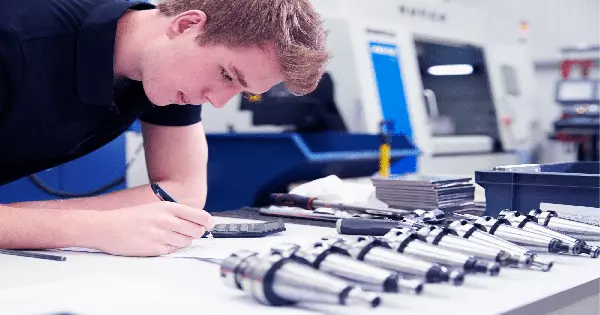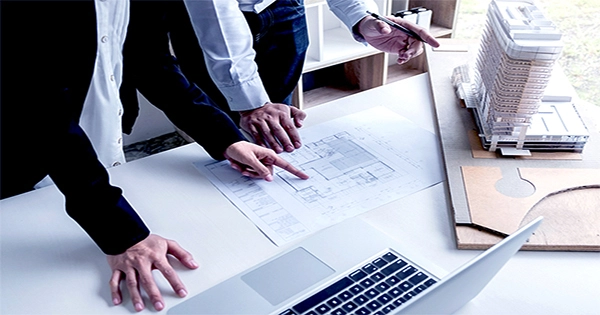Everything that man has made has a purpose, dating back to the invention of the wheel. Nearly every manufactured item we come across has elements of engineering design. Consider the plain spoon as an example. Although the size and material options are varied, the fundamental functionality is constant. Even though spoons’ appearances may vary, they all have an engineering design feature that makes them helpful for serving and eating food.
The Importance of Engineering Design: The spoon is a relatively simple example, yet engineering design is always a part of the complex artifacts that humans build today. Examples of engineering design in action include the Worli Sea connection in Mumbai, the world’s fastest car, supersonic jets, smartphones, the Burj Khalifa, and the most recent advancement in diagnostic medicine.
Engineering design is the process of defining a mechanical structure, machine, or system to carry out pre-specified functions with the most economy and efficiency possible using scientific principles, technical knowledge, and imagination. The definition of objectives and criteria, as well as synthesis, analysis, building, testing, and assessment, are key components of the design process.
Therefore, the main goal of engineering design is to use scientific knowledge to address technical issues. Although engineers offer a technical answer, it is crucial to realize that engineering design also suggests an aesthetic solution. To put it another way, designers are also involved in making sure the final product is affordable, environmentally friendly, and appealing to users.

Engineering Design Tools: Today, a wide variety of technologies are available to aid engineers and designers in achieving their goals. Software such as computer-aided design (CAD) and computer-aided engineering (CAE) enables engineers to be imaginative while meeting the technical specifications of a product. PTC Windchill, Altair’s CAE Suite of Solutions, Stratasys’ 3D printers, MathWorks’ MATLAB, and SIMULINK are a few of the most well-known technologies.
These tools were first introduced in the 1960s to automate the process of design engineering, and they have since become incredibly sophisticated and functional. To utilize these instruments properly, specialized training is frequently needed.
Engineering Design: Due to the complexity of modern technology, it is now all but impossible for one person to undertake the design and development of a new product alone. A group of engineers and designers is required to build a new product successfully. The design process must be meticulously planned and carried out methodically to be successful. The many parts of design must be integrated into the engineering design process specifically such that the entire process is rational and understandable. Additionally, the majority of CAD/CAE software on the market today is complicated. To comprehend and make use of the true power of these applications, specialized training is required. The expense of purchasing these tools is also quite high.
Therefore, many businesses that need to produce products outsource their requirements for engineering design to companies that offer such services. There are situations when a corporation has skilled employees and a strong CAD/CAE infrastructure, but the staff members are just overworked. When they are strapped for time, businesses also use engineering design services to divide their workload.
The following are a few examples of engineering design services:
- CAD design services
- CAE design services
- FEA services
- Moldflow Services
- Thermal Analysis Services
- CFD services
- Structural Analysis Services
- Noise and Vibration Analysis Services
- Kinematics and Multibody Dynamics Services
Engineering design services are in high demand in emerging countries. Reputable design services organizations are in high demand to help small and medium-sized businesses who lack the infrastructure needed to completely examine their product concepts and go to the production stage.













